Instruction
10 practice drills to improve your golf game
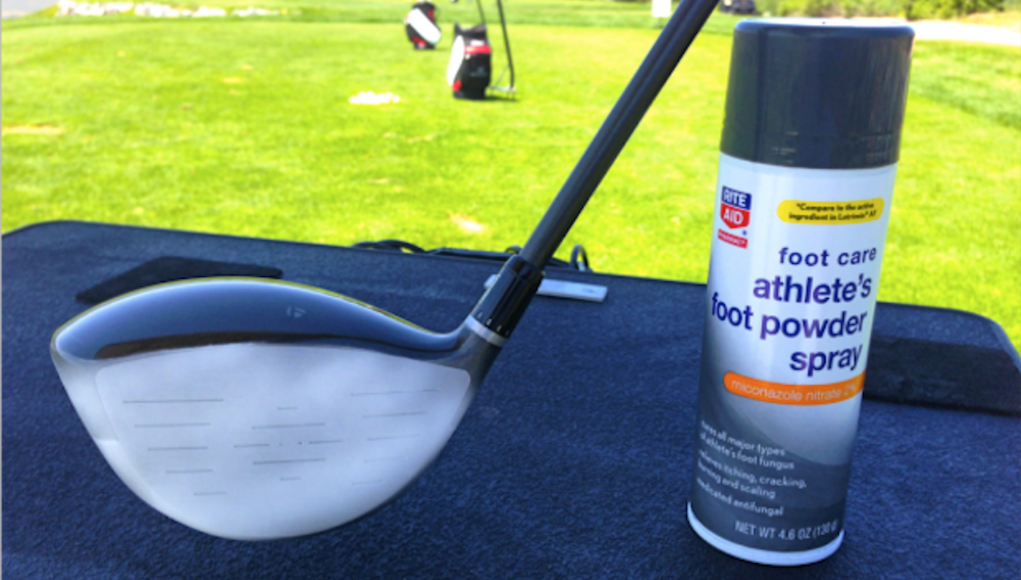
If your life is like mine, you only have a limited amount of time to practice your golf game. So when you do, you want to maximize time rather than mindlessly beating range balls. Personally, as my golf career has progressed, I’ve figured out what works best for my golf game and what drills seem to give me the best output with my limited input.
In this article, I outline the drills that work for me. I’ve always placed drills into two categories, mechanical and game-improving. Mechanical drills are ones that help fix swing issues like over the top, casting, etc. Game-improving drills are ones that hone the necessary skills to shoot lower scores. In my experience, you need to perform both types of drills in order to truly improve your game.
For this article, I give you my top game-improving drills so you can make practice more fun and get better in the process. Look out for an article on my top mechanical drills in the near future.
1. Putting: High Break, Medium Break, Low Break
Being a successful putter means consistently marrying line and speed. But in order to do that, you need to be able to see the different lines that the ball can possibly take as it rolls across the green. There’s a “high” side and a “low” side to every putt, and if you can’t see the difference between those, you’re limiting your ability to read greens.
This drill helps develop that feel and imagination.
Pick a putt between 10-20 feet with some break in it, and practice finding the highest and lowest break points possible to still have the ball go in the hole. This will mean altering speeds in the process. Developing your imagination will help you better manage your line and speed on the greens.
2. Putting: Left Hand (Line), Right Hand (Feel)
Golfers often feel that one hand dominates their putting stroke, which is not a problem, but I like to train each hand individually to know its role during the stroke.
“Lead hand controls the line while the rear hand controls the loft of the blade,” Homer Kelley says in the classic golf instruction book, The Golfing Machine.
This drill, which you may have seen Tiger Woods perform in the past, has golfers hit putts of different lengths with just their right hand, and then just their left hand. You’ll want to notice how the face and loft of the blade changes during the strokes with each hand, which will give you a great feel for the role that each hand plays in the stroke.
Figure out which hand you feel more comfortable with when putting one-handed, and you’ll then know which hand you want to feel dominates the stroke when you’re putting with both hands.
3. Getting Back Your Short Game Feel
Back when I was a competitive player, there was nothing worse than losing my feel around the greens. I combatted this by looking for the longest grass around the practice green I could find, and practicing soft-landing flop shots to a tight pin. The longer grass made me accelerate through the ball and the precision required made me focus on hitting a perfect shot. And more times than not, I’d have my feel back after the session.
The next time you’re struggling with your feel, try hitting shots that require acceleration. It will free you up so you can get back to getting up and down.
4. Snake Drill (Bunkers)
The biggest issue most golfers have when playing bunker shots is their lack of low-point control; most can contact the sand before the ball, as needed, but they either take too much sand or not enough. If you’ve ever seen someone leave a ball in the bunker, then blade one over the green, you know what I’m talking about.
To solve this, I like to draw two lines in the bunker about six inches apart– I call them “snakes,” because that’s what they look like — and practice impacting the sand on the first line and have the club exit the sand at the second line. When I miss the “snakes,” I get to see exactly where I went wrong.
5. Line Drill (Wedges)
One of the most aggravating things in golf is to hit a great drive to 100 yards or less from the pin, then lay the sod over the ball on your approach and watch the ball fly only half-way there. As you know, hitting wedges solid is one of the keys to scoring well and one of the true great feels in golf. So whenever I have issues striking my wedges solidly, I use my “line drill.”
Draw a line in the turf and place the ball on the target side of the line. Then, hit a few shots and note where the divot begins. If you can consistently take a divot on the line or slightly forward of it, you’re on your way to more solid wedge shots.
6. Connection Drill (Wedges)
Consistent impact with wedge shots is crucial to ball striking, as we learned above. But how do we accomplish it from day to day? By using the big muscles to power the little muscles. A strong connection between the torso and the golf club will keep the body and club from getting disconnected. Whenever golfers use their hands excessively around the green, they’re destined for problems.
To combat this, place a towel under your armpits and hit short chip shots. The idea is to hit the ball solid and keep the towels from falling out, working everything back and through TOGETHER.
Another drill to feel this connection is to stick an alignment rod in the hole in your grip and make practice swings from waist high to waist high without getting slapped by the extra long club. If your hands become overactive, the stick will let you know.
7. Mid-Irons (Left-Straight-Right)
Anytime I see players hitting the ball very well OR very poorly, I ask them to use the left-straight-right drill with a mid-iron. That’s because when good golfers are hitting the ball well, they can make it curve however they want and go to the course with supreme confidence. On the flip side, if they’re hitting shots all over the lot, they’re usually better off identifying the trajectory they’re most confident in and sticking with it until their swings come back. That will help them score better.
For the drill, use a 6, 7 or 8 iron and practice hitting draws, fades and straight shots, alternating between each. Practice curving it a lot, then practice curving it a little. See how much control you can gain over the amount you curve the ball, or what shot is working best for you that day.
8. Mid-Iron (9 Panes of Glass Drill)
Imagine a big window in the sky with nine panes of glass; one pane for each possible shot you can hit. Low-left, high-right, straight-middle, and so on.
The best part of Bubba Watson’s game is the way he can make the ball move through any pane of glass with any club at any time. Golf is much more than just hitting a series of straight shots at the highest level, and shaping shots is key to converting good strikes into lower scores. The more shots you have in your arsenal the better you will play, regardless of your level of play.
Take as much time as you can to learn how to hit all nine shots with a mid-iron, and expand to the other clubs in your bag once you do. Start this winter and come spring, you’ll be glad you did.
9. Driver: Find the Fairway Any Way You Can
When you’re struggling with your driver, you need a go-to shot to find the fairway. It’s even more important to have a go-to shot when you’re under pressure, whether you’re playing for your pride or your career.
For this drill, simply take time experimenting on the range with your driver. Try hitting huge banana balls, stingers and hooks on command. Eventually, you’ll figure out what shot feels most reliable for you. Remember, this is more about accuracy than distance. You want to find the shot you can get in the fairway no matter what.
10. Driver: Impact Drill with Spray
The best way to audit your impact on the practice tee is to spray the face with Dr. Scholl’s Foot Spray to see where the ball contacts the face. Remember, you can do more to gain distance by improving impact location and consistency than adding club head speed.
Related: How a cure for athletes foot can lead to better drives
One of the best recent golf studies I’ve seen was by James Leitz, who charted the changes in impact point with a driver and what it did to the ball speed, spin rate, and launch angle. Basically, the study showed that golfers must contact their drives in the high center of the club face to create the launch conditions that maximize distance off the tee.
- LIKE399
- LEGIT62
- WOW26
- LOL14
- IDHT15
- FLOP17
- OB11
- SHANK39
Instruction
The Wedge Guy: The easiest-to-learn golf basic

My golf learning began with this simple fact – if you don’t have a fundamentally sound hold on the golf club, it is practically impossible for your body to execute a fundamentally sound golf swing. I’m still a big believer that the golf swing is much easier to execute if you begin with the proper hold on the club.
As you might imagine, I come into contact with hundreds of golfers of all skill levels. And it is very rare to see a good player with a bad hold on the golf club. There are some exceptions, for sure, but they are very few and very far between, and they typically have beat so many balls with their poor grip that they’ve found a way to work around it.
The reality of biophysics is that the body moves only in certain ways – and the particulars of the way you hold the golf club can totally prevent a sound swing motion that allows the club to release properly through the impact zone. The wonderful thing is that anyone can learn how to put a fundamentally sound hold on the golf club, and you can practice it anywhere your hands are not otherwise engaged, like watching TV or just sitting and relaxing.
Whether you prefer an overlap, interlock or full-finger (not baseball!) grip on the club, the same fundamentals apply. Here are the major grip faults I see most often, in the order of the frequency:
Mis-aligned hands
By this I mean that the palms of the two hands are not parallel to each other. Too many golfers have a weak left hand and strong right, or vice versa. The easiest way to learn how to hold the club with your palms aligned properly is to grip a plain wooden ruler or yardstick. It forces the hands to align properly and shows you how that feels. If you grip and re-grip a yardstick several times, then grip a club, you’ll see that the learning curve is almost immediate.
The position of the grip in the upper/left hand
I also observe many golfers who have the butt of the grip too far into the heel pad of the upper hand (the left hand for right-handed players). It’s amazing how much easier it is to release the club through the ball if even 1/4-1/2″ of the butt is beyond the left heel pad. Try this yourself to see what I mean. Swing the club freely with just your left hand and notice the difference in its release from when you hold it at the end of the grip, versus gripping down even a half inch.
To help you really understand how this works, go to the range and hit shots with your five-iron gripped down a full inch to make the club the same length as your seven-iron. You will probably see an amazing shot shape difference, and likely not see as much distance loss as you would expect.
Too much lower (right) hand on the club
It seems like almost all golfers of 8-10 handicap or higher have the club too far into the palm of the lower hand, because that feels “good” if you are trying to control the path of the clubhead to the ball. But the golf swing is not an effort to hit at the ball – it is a swing of the club. The proper hold on the club has the grip underneath the pad at the base of the fingers. This will likely feel “weak” to you — like you cannot control the club like that. EXACTLY. You should not be trying to control the club with your lower/master hand.
Gripping too tightly
Nearly all golfers hold the club too tightly, which tenses up the forearms and prevents a proper release of the club through impact. In order for the club to move back and through properly, you must feel that the club is controlled by the last three fingers of the upper hand, and the middle two fingers of the lower hand. If you engage your thumbs and forefingers in “holding” the club, the result will almost always be a grip that is too tight. Try this for yourself. Hold the club in your upper hand only, and squeeze firmly with just the last three fingers, with the forefinger and thumb off the club entirely. You have good control, but your forearms are not tense. Then begin to squeeze down with your thumb and forefinger and observe the tensing of the entire forearm. This is the way we are made, so the key to preventing tenseness in the arms is to hold the club very lightly with the “pinchers” — the thumbs and forefingers.
So, those are what I believe are the four fundamentals of a good grip. Anyone can learn them in their home or office very quickly. There is no easier way to improve your ball striking consistency and add distance than giving more attention to the way you hold the golf club.
More from the Wedge Guy
- The Wedge Guy: Golf mastery begins with your wedge game
- The Wedge Guy: Why golf is 20 times harder than brain surgery
- The Wedge Guy: Musings on the golf ball rollback
- LIKE82
- LEGIT13
- WOW4
- LOL1
- IDHT0
- FLOP4
- OB1
- SHANK8
Instruction
Clement: Stop ripping off your swing with this drill!

Not the dreaded headcover under the armpit drill! As if your body is defective and can’t function by itself! Have you seen how incredible the human machine is with all the incredible feats of agility all kinds of athletes are accomplishing? You think your body is so defective (the good Lord is laughing his head off at you) that it needs a headcover tucked under the armpit so you can swing like T-Rex?
- LIKE0
- LEGIT1
- WOW2
- LOL0
- IDHT0
- FLOP0
- OB0
- SHANK2
Instruction
How a towel can fix your golf swing
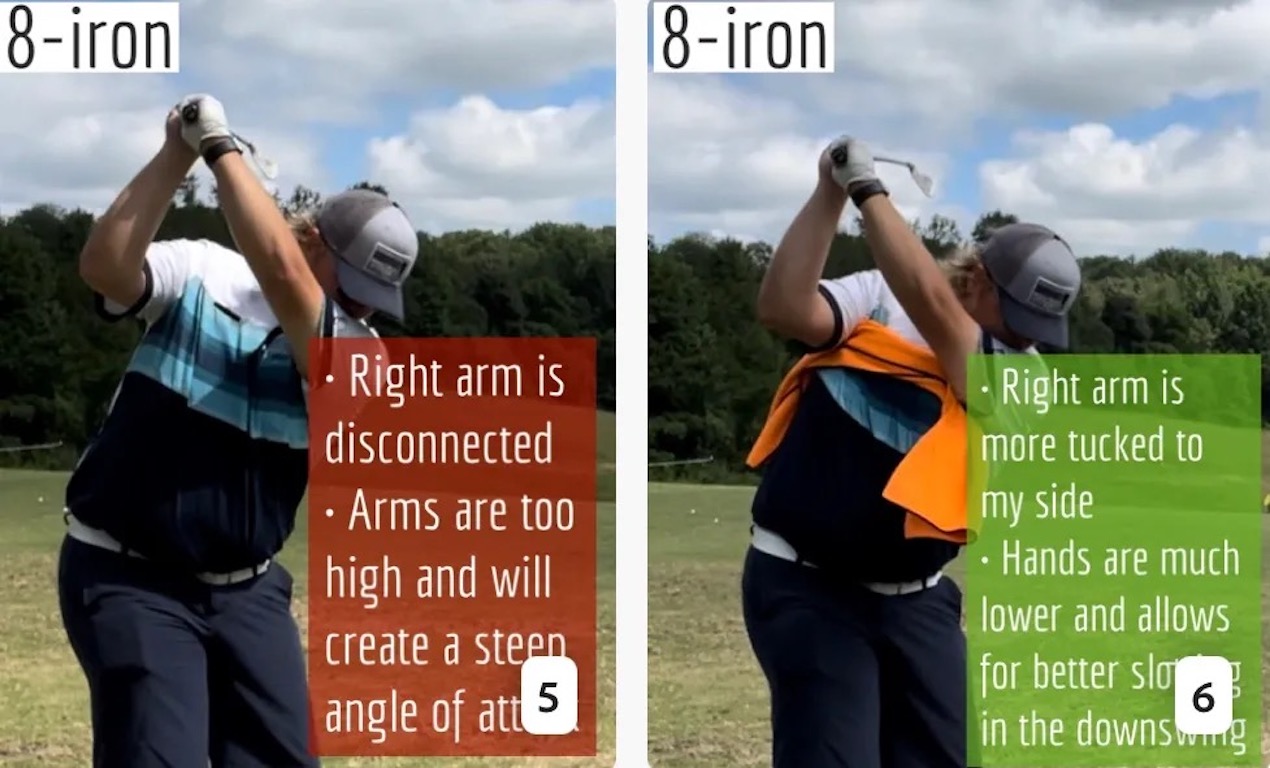
This is a classic drill that has been used for decades. However, the world of marketed training aids has grown so much during that time that this simple practice has been virtually forgotten. Because why teach people how to play golf using everyday items when you can create and sell a product that reinforces the same thing? Nevertheless, I am here to give you helpful advice without running to the nearest Edwin Watts or adding something to your Amazon cart.
For the “scoring clubs,” having a solid connection between the arms and body during the swing, especially through impact, is paramount to creating long-lasting consistency. And keeping that connection throughout the swing helps rotate the shoulders more to generate more power to help you hit it farther. So, how does this drill work, and what will your game benefit from it? Well, let’s get into it.
Setup
You can use this for basic chip shots up to complete swings. I use this with every club in my bag, up to a 9 or 8-iron. It’s natural to create incrementally more separation between the arms and body as you progress up the set. So doing this with a high iron or a wood is not recommended.
While you set up to hit a ball, simply tuck the towel underneath both armpits. The length of the towel will determine how tight it will be across your chest but don’t make it so loose that it gets in the way of your vision. After both sides are tucked, make some focused swings, keeping both arms firmly connected to the body during the backswing and follow through. (Note: It’s normal to lose connection on your lead arm during your finishing pose.) When you’re ready, put a ball in the way of those swings and get to work.
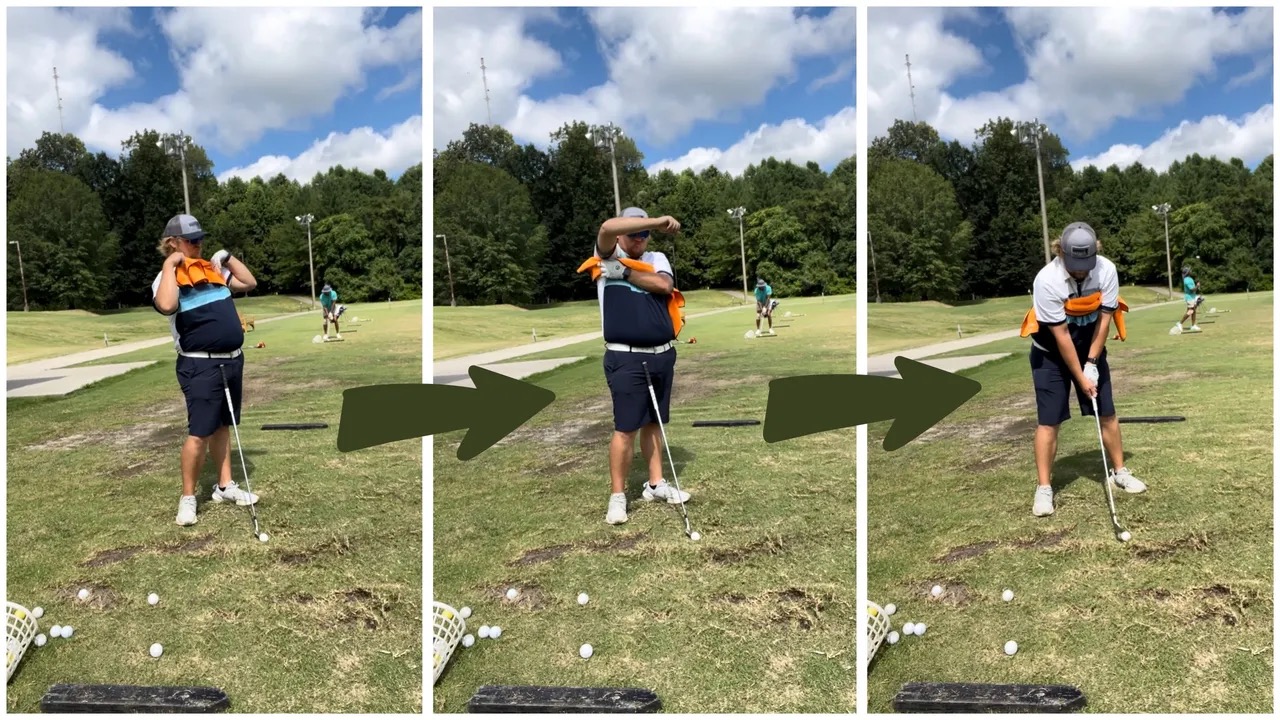
Get a Better Shoulder Turn
Many of us struggle to have proper shoulder rotation in our golf swing, especially during long layoffs. Making a swing that is all arms and no shoulders is a surefire way to have less control with wedges and less distance with full swings. Notice how I can get in a similar-looking position in both 60° wedge photos. However, one is weak and uncontrollable, while the other is strong and connected. One allows me to use my larger muscles to create my swing, and one doesn’t. The follow-through is another critical point where having a good connection, as well as solid shoulder rotation, is a must. This drill is great for those who tend to have a “chicken wing” form in their lead arm, which happens when it becomes separated from the body through impact.
In full swings, getting your shoulders to rotate in your golf swing is a great way to reinforce proper weight distribution. If your swing is all arms, it’s much harder to get your weight to naturally shift to the inside part of your trail foot in the backswing. Sure, you could make the mistake of “sliding” to get weight on your back foot, but that doesn’t fix the issue. You must turn into your trial leg to generate power. Additionally, look at the difference in separation between my hands and my head in the 8-iron examples. The green picture has more separation and has my hands lower. This will help me lessen my angle of attack and make it easier to hit the inside part of the golf ball, rather than the over-the-top move that the other picture produces.
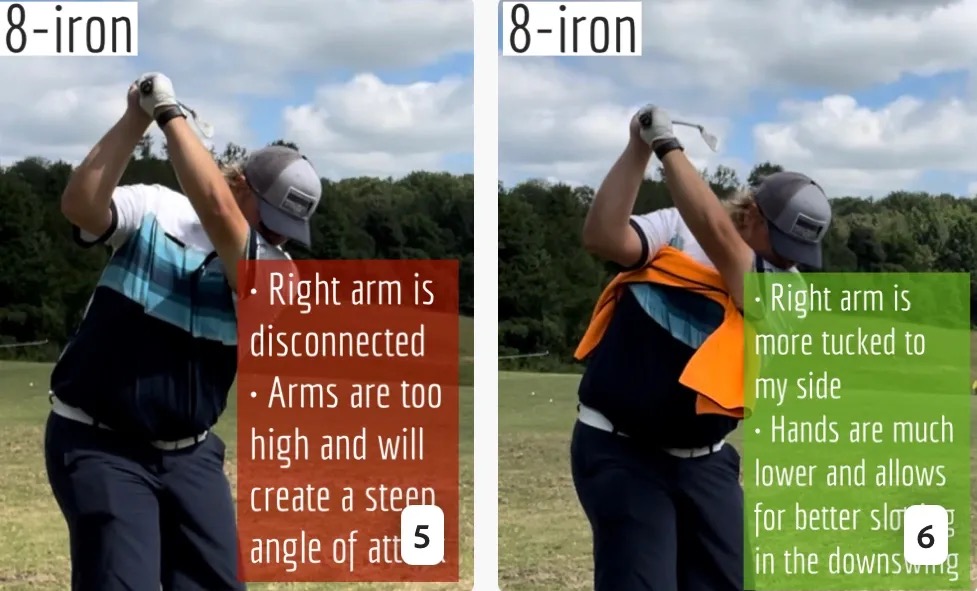
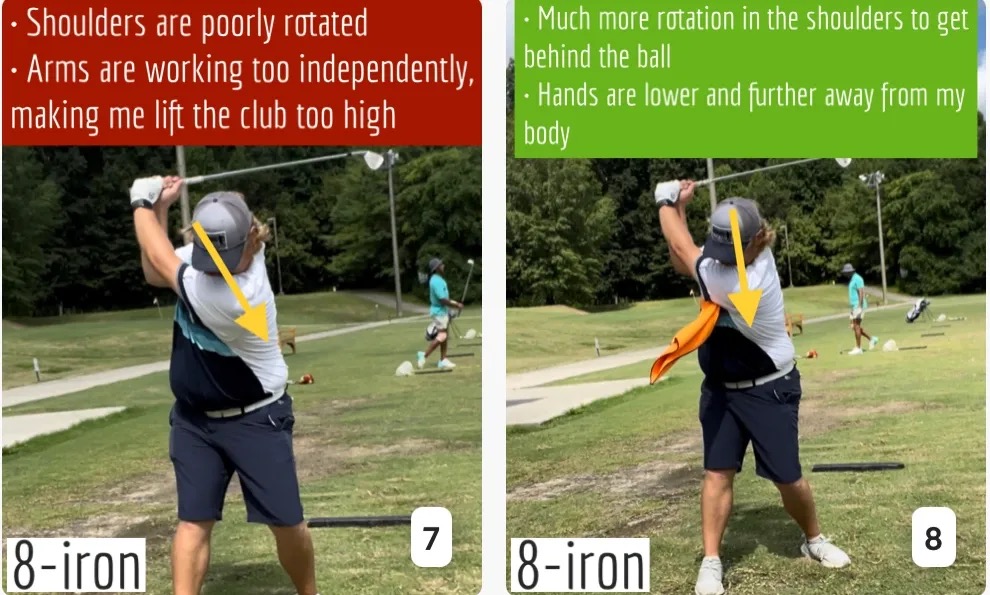
Stay Better Connected in the Backswing
When you don’t keep everything in your upper body working as one, getting to a good spot at the top of your swing is very hard to do. It would take impeccable timing along with great hand-eye coordination to hit quality shots with any sort of regularity if the arms are working separately from the body.
Notice in the red pictures of both my 60-degree wedge and 8-iron how high my hands are and the fact you can clearly see my shoulder through the gap in my arms. That has happened because the right arm, just above my elbow, has become totally disconnected from my body. That separation causes me to lift my hands as well as lose some of the extension in my left arm. This has been corrected in the green pictures by using this drill to reinforce that connection. It will also make you focus on keeping the lead arm close to your body as well. Because the moment either one loses that relationship, the towel falls.
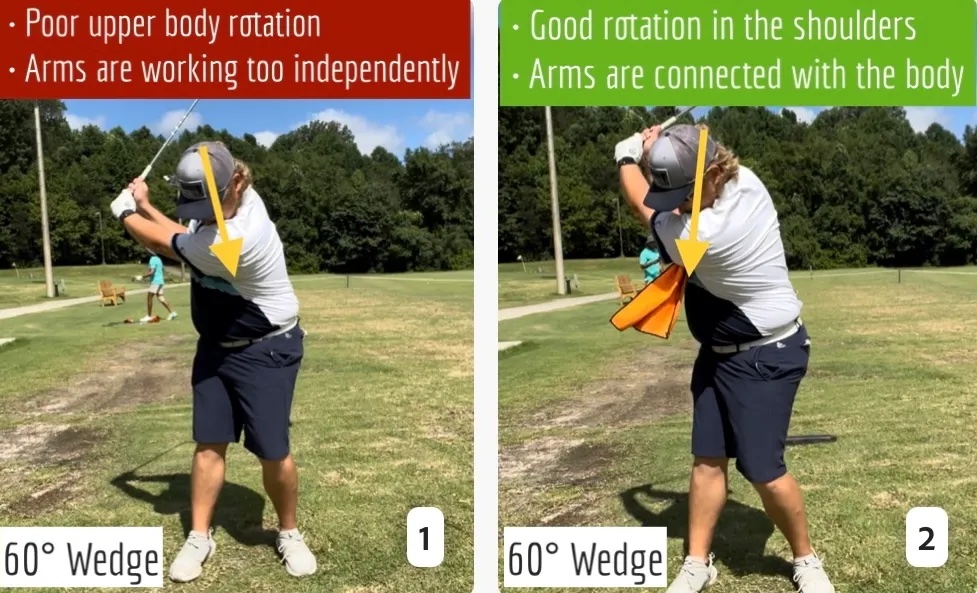
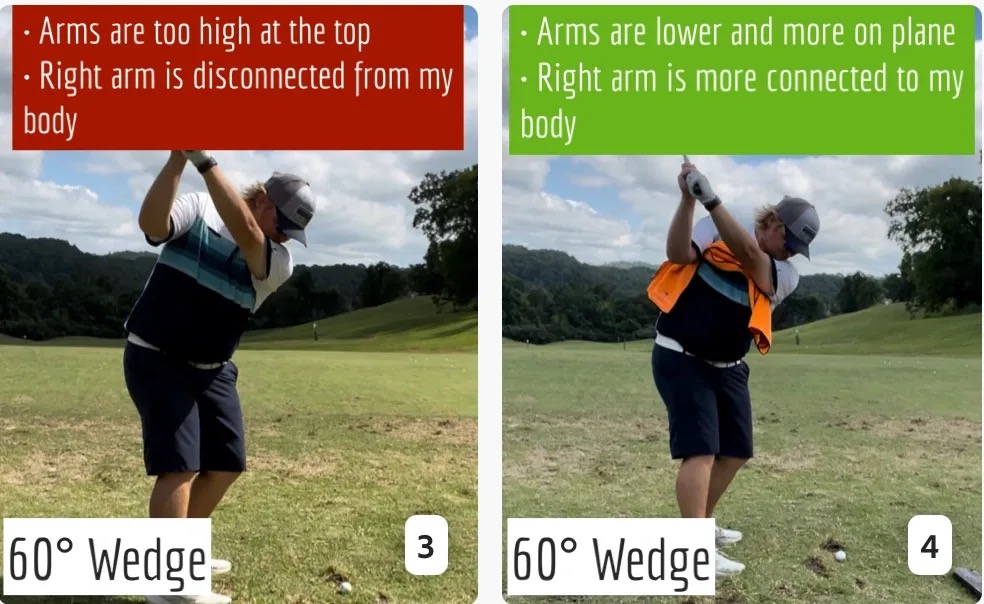
Conclusion
I have been diligent this year in finding a few drills that target some of the issues that plague my golf game; either by simply forgetting fundamental things or by coming to terms with the faults that have bitten me my whole career. I have found that having a few drills to fall back on to reinforce certain feelings helps me find my game a little easier, and the “towel drill” is most definitely one of them.
- LIKE12
- LEGIT1
- WOW2
- LOL0
- IDHT0
- FLOP2
- OB0
- SHANK8
-
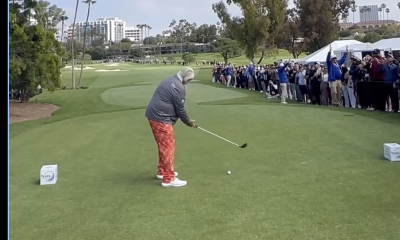
 19th Hole1 week ago
19th Hole1 week agoJohn Daly stuns fans into silence with brutal opening tee shot on PGA Tour Champions
-
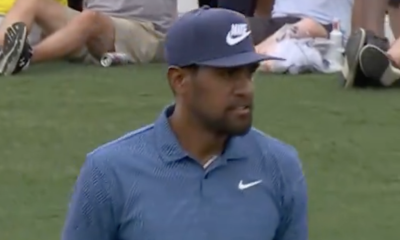
 19th Hole3 days ago
19th Hole3 days agoThings got heated at the Houston Open between Tony Finau and Alejandro Tosti. Here’s why
-

 19th Hole2 weeks ago
19th Hole2 weeks ago2-time major champ announces shock retirement from the sport at age of 33
-

 19th Hole1 week ago
19th Hole1 week agoCharlie Woods finds it tough going on American Junior Golf Association debut
-

 19th Hole2 weeks ago
19th Hole2 weeks agoEdoardo Molinari reveals the latest PGA Tour golfer to turn down ‘good offer’ from LIV Golf
-

 19th Hole2 weeks ago
19th Hole2 weeks agoScottie Scheffler had an interesting response when asked how he ‘quiets the noise’ following Players victory
-

 19th Hole2 weeks ago
19th Hole2 weeks agoJon Rahm dealt fresh blow to hopes of qualifying for 2025 Ryder Cup
-

 19th Hole1 day ago
19th Hole1 day agoAddiction, spinal fusion, and scam artists – Everything Anthony Kim revealed in candid interview with David Feherty

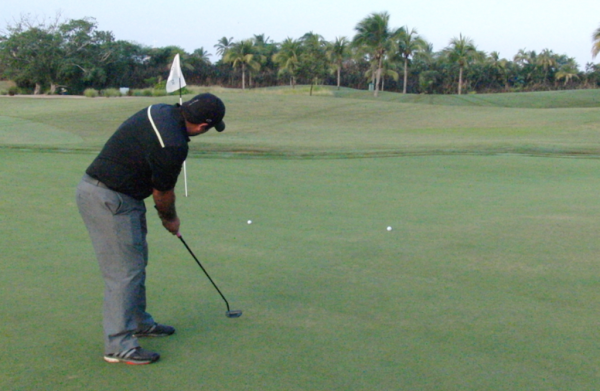
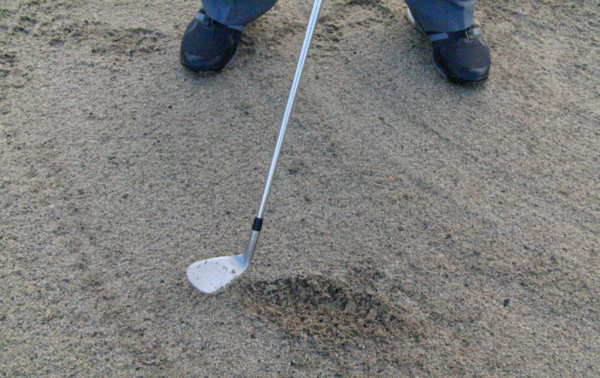
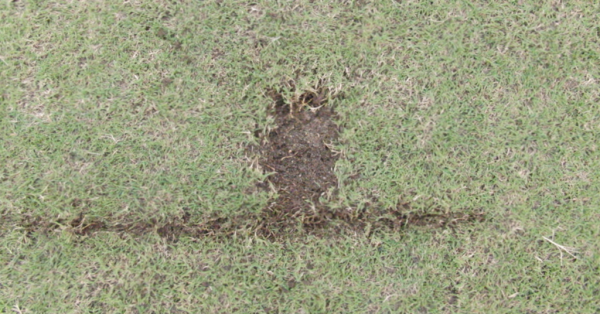
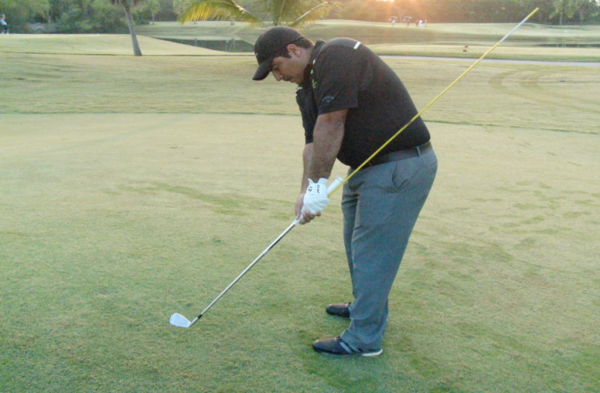
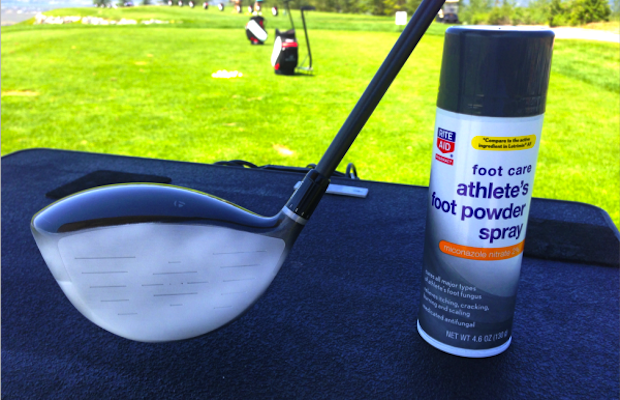













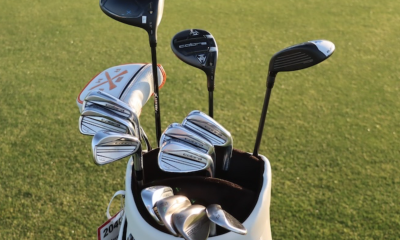

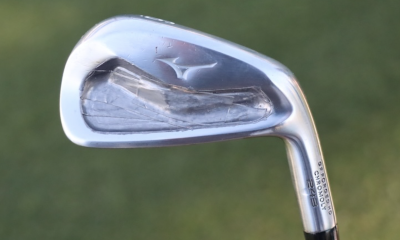

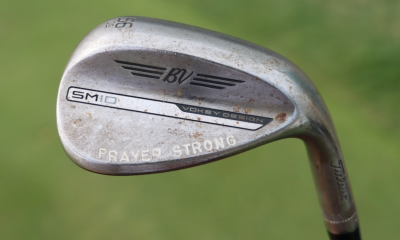

best mobile games
Jan 17, 2020 at 12:59 pm
Almost like various hacking, games are hacked too.
best android games
Jan 16, 2020 at 4:21 pm
Yes, Call of Duty mobile is a Battle Royale.
mobile gaming
Jan 16, 2020 at 4:19 pm
Right here we are share COD mobile hack download apk.
Charity Vasey
Jan 16, 2020 at 9:41 am
Just install the COD mobile hack and run the app.
best mobile games
Jan 11, 2020 at 7:03 pm
Virtually like various hacking, games are hacked too.
Chris
Jul 9, 2017 at 5:58 am
Love the Dr Scholl idea! Will definitely use it next time.
Pingback: Golf Practice Drills To Improve Your Golf Game - TrueStrike Golf Practice Mats
Pingback: 10 PRACTICE DRILLS | Honourable Society of Golf Fanatics
Dan
Jan 10, 2016 at 8:10 am
Great article and perfectly timed. This will help keep me focused during the long NE winter months. I look forward to your foreshadowed subsequent article.
Bert
Jan 8, 2016 at 6:48 pm
Tom – remember you from your time at Sandestin. Looks like your still one of the best instructors in golf and thanks much for your articles. One subject, and I may have missed it, is spine angle (posture). I believe the need to maintain correct posture is very difficult as we get older. Also I’ve noticed that my wife Sheri, who’s short, has a tendency to stand tall and it seems to cause her to swing flat which causes fat shots and low left hooks. Lydia Ko is short but has great posture and her swing appears to be upright and she hits down on the ball. Can spine angle cure fat shots and give you the ability to hit down and through the ball?
Jack
Jan 14, 2016 at 11:00 pm
I don’t think it’s the spine angle so much as the proper sequencing of body movements. Lower body to shoulder to arm. When you start activating the arms too early, you’re bound to hit it fat. For me, I try to remember the arms don’t start really swinging forward until the right shoulder is rotating down at impact.
I have the same problem with fat shots, and it’s a combination of the above factors. Standing too upright is a problem for me as well, and I’ve found that my hands compensate by holding the club too straight rather than pressing down on it at impact which encourages an angle between the club and the forearms. You see that in all pros. The bad thing about the problem is that it promotes hooks as the clubface is naturally closed when I hold it more straighter to the forearm.
Swinging in the right sequence should fix all that, although with all swing changes it’s frustrating as heck. And since this is one of the more common amateur mistakes, I’d say it’s one that is easier said that done (probably like all golf swing fixes).
Tom
Jan 8, 2016 at 3:28 pm
I was spraying Dr. Scholl’s on my driver and people thought I was crazy saying ” Be sure you get between the toes”